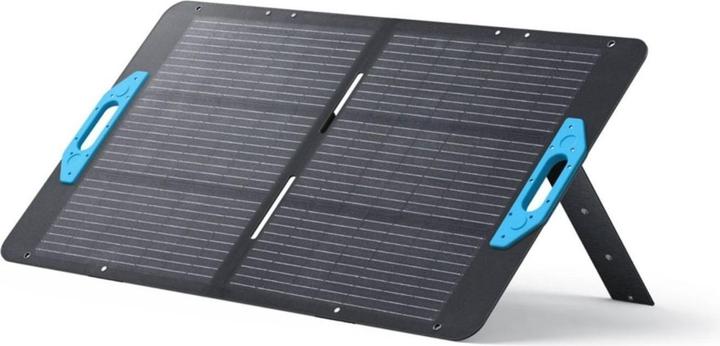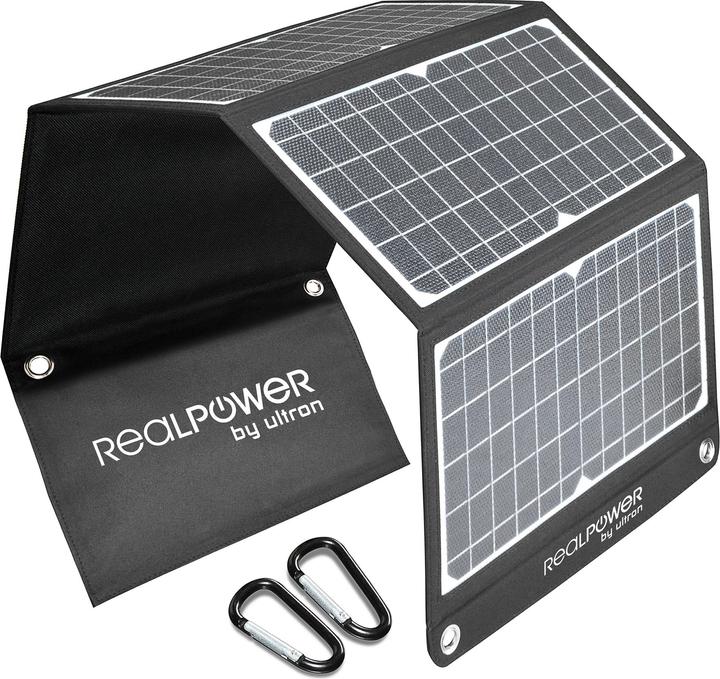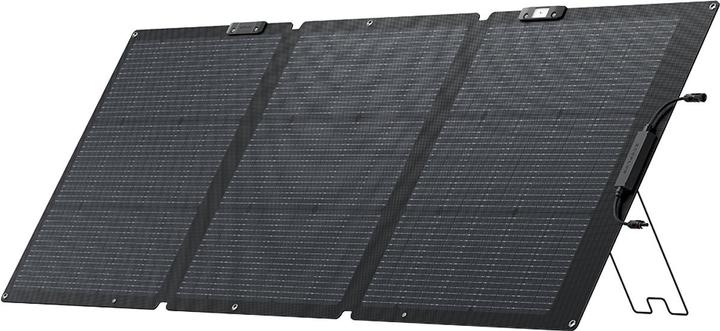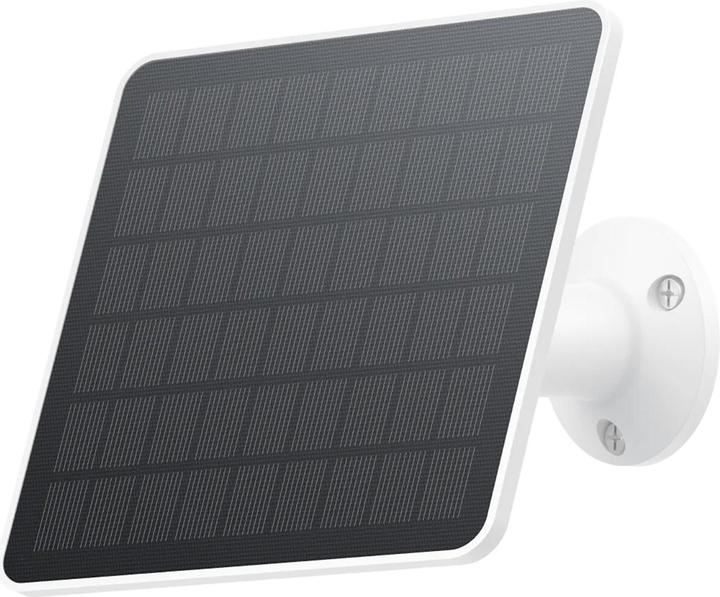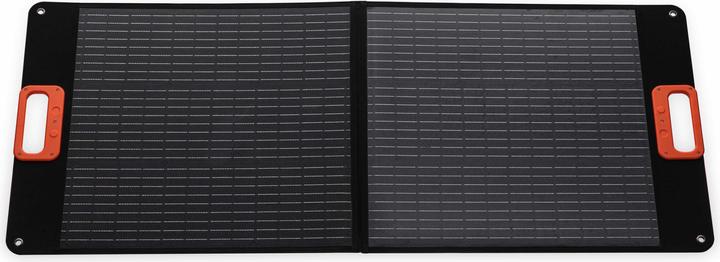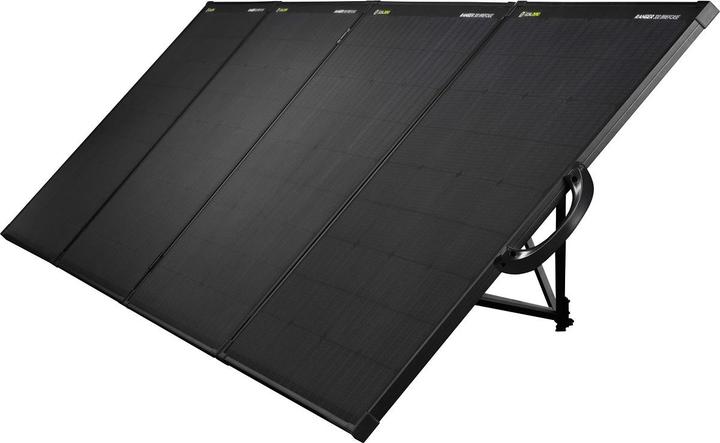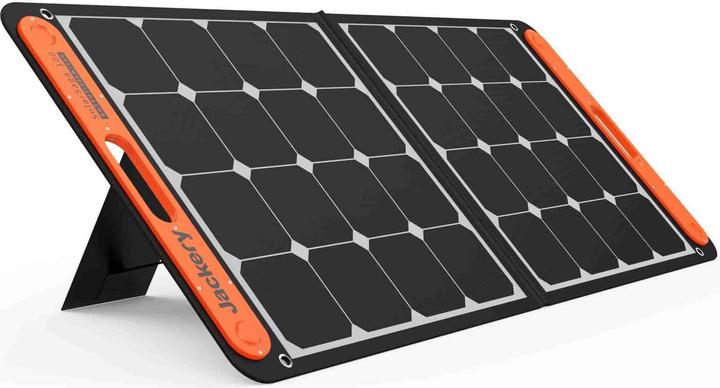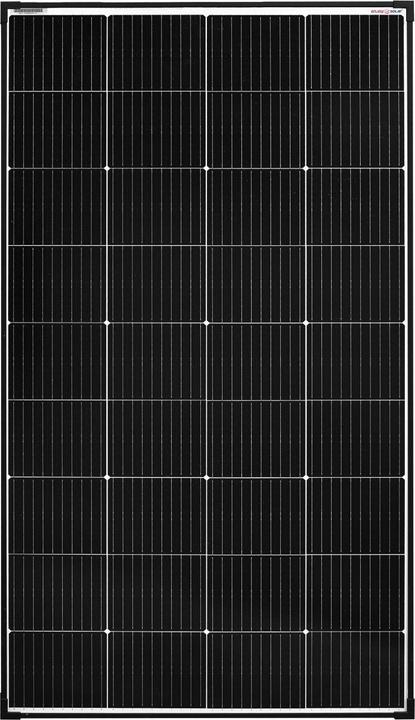
Too Many Solar Panels? Here's How to Choose the Right One
Discover the top five factors to consider when selecting the perfect solar panel for your needs.
Last updated 1 day ago. Automatically generated content.


Select options and limit the number of products
Solar panel type refers to the different technologies and designs used in solar panels to convert sunlight into electricity. Choosing the right type is crucial for optimizing energy efficiency and meeting your specific energy needs.
Popular options (you can select more than one)
Solar panel
Typical price
110.– to 320.–Traditional solar panels consist of photovoltaic cells that convert sunlight into electricity.
They are ideal for homeowners wanting to reduce electricity bills and for larger scale energy production.
Bestseller
Solar charger
Typical price
72.– to 220.–Solar chargers are portable devices that utilize solar energy to charge batteries and electronic devices.
Perfect for outdoor enthusiasts, they offer a convenient way to power devices while on the go.
Bestseller
Nominal power refers to the output capacity of a solar panel, typically measured in watts, indicating how much electricity the panel can generate under standard conditions. Choosing the right nominal power is crucial as it impacts the efficiency and suitability of the panel for specific energy needs, whether for small devices, residential use, or larger applications.
Popular options
Up to 50 W
Typical price
51.– to 150.–Designed for small-scale applications like charging portable devices or powering simple electronics.
Ideal for outdoor enthusiasts or individuals requiring energy for small gadgets, offering portability and convenience.
Bestseller
51 - 120 W
Typical price
130.– to 300.–Suitable for moderate energy requirements, often used in RVs or for small off-grid systems.
Perfect for those seeking a balance between portability and power, catering to a wider range of uses.
Bestseller
121 - 210 W
Typical price
170.– to 400.–Provides substantial power output, supporting larger setups such as home solar systems or commercial use.
Recommended for users needing reliable energy for more demanding applications, ensuring efficiency and performance.
Bestseller
Rated current (MPP) refers to the maximum current a solar panel can produce at its peak power point. It is crucial because it determines the panel's efficiency in converting sunlight into electricity, impacting the overall energy output and suitability for different applications.
Popular options
Up to 3 A
Typical price
45.– to 150.–Suitable for small-scale applications like powering low-consumption devices.
Ideal for users with minimal energy needs, offering cost-effective solar solutions for small electronics.
Bestseller
4 - 6 A
Typical price
120.– to 300.–Provides moderate current output, suitable for medium-sized setups.
Recommended for users with average energy demands, offering a balanced solution for household use.
Bestseller
7 - 10 A
Typical price
130.– to 360.–Delivers high current output, ideal for larger solar installations.
Perfect for users with high energy requirements, ensuring efficient power supply for homes and businesses.
Bestseller
Cell type in solar panels refers to the material and design used to convert sunlight into electricity, influencing efficiency and cost. Choosing the right cell type is crucial for maximizing energy output and ensuring a good return on investment.
Popular options (you can select more than one)
Monocrystalline
Typical price
94.– to 300.–Made from a single crystal structure, offering high efficiency and performance.
Ideal for those with limited space as they provide more power per square foot, making them suitable for residential rooftops.
Bestseller
Polycrystalline
Typical price
40.– to 230.–Made from multiple silicon crystals, resulting in lower efficiency compared to monocrystalline.
Cost-effective choice for large installations where space is not a constraint, such as solar farms.
Bestseller
Crystalline silicon
Typical price
120.– to 300.–General term for silicon-based solar panels, encompassing both mono- and polycrystalline types.
Widely used due to their reliability and proven track record in various climates and applications.
Bestseller
The brand factor is crucial in solar panel purchases as it influences customer trust, reliability, and performance expectations. Brands like EcoFlow and Goal Zero are renowned for portable solutions, while Enjoy Solar offers versatile options for various installations.
Popular brands (you can select more than one)
EcoFlow
Recognized for its innovative portable solar panel solutions.
Ideal for outdoor enthusiasts needing reliable, mobile energy sources.
Bestseller
Goal Zero
Specializes in portable solar panels and power stations.
Perfect for camping and travel, offering versatile and efficient energy solutions.
Bestseller
Xtorm
Known for sleek design and high-efficiency solar chargers.
Great for tech-savvy users seeking stylish and functional energy products.
Bestseller
Jackery
Famous for compact and user-friendly solar generators.
Offers dependable power solutions for both outdoor adventures and emergency preparedness.
Bestseller
Enjoy solar
Offers a wide range of panels suitable for diverse installations.
Ideal for homeowners looking for reliable and efficient energy solutions.
Bestseller
